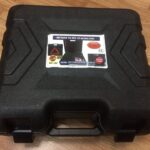Maintaining proper tire pressure is crucial for the safety and performance of your Ford Ranger pickup truck. According to the manufacturer, the recommended Ford Ranger tire pressure when unloaded is 35 Psi (2.4 Bar or 240 kPa) for both front and rear tires. When carrying heavy loads, the recommended front tire pressure is 2.6 Bar (38 Psi/260 kPa), and the rear tire pressure is 3.0 Bar (44 Psi/300 kPa). Operating the vehicle with incorrect tire pressure can be dangerous. This article will guide you on how to determine and maintain safe tire pressure for your Ford Ranger pickup truck.
Determining the Correct Ford Ranger Tire Pressure
The recommended tire pressure for your Ford Ranger is usually found on a sticker located on the driver’s side door jamb, in the glove compartment, or in the owner’s manual. Note: Do not rely on the pressure molded on the tire sidewall, as this indicates the maximum pressure, not the recommended pressure.
Tire pressure chart for Ford Ranger 2024:
| Version | Tire Size | Tire Pressure (kg/cm²) | Tire Pressure (bar) | Tire Pressure (kPa) |
|---|---|---|---|---|
| Ford Ranger XL 2.0 4×4 MT | 255/70R16 | 2.4 – 2.6 | 2.4 – 2.6 | 240 – 260 |
| Ford Ranger XLS 2.0 4×2 MT | 255/70R16 | 2.4 – 2.6 | 2.4 – 2.6 | 240 – 260 |
| Ford Ranger XLS 2.0 4×2 AT | 255/70R16 | 2.4 – 2.6 | 2.4 – 2.6 | 240 – 260 |
| … (Other versions) | … | … | … | … |
How to Inflate and Check Your Ford Ranger Tire Pressure
To inflate your tires to the correct pressure, you’ll need a tire pressure gauge. Inflate the tire and check the pressure using the gauge. If you over-inflate, use the end of the gauge to press on the valve stem and release air until you reach the recommended pressure.
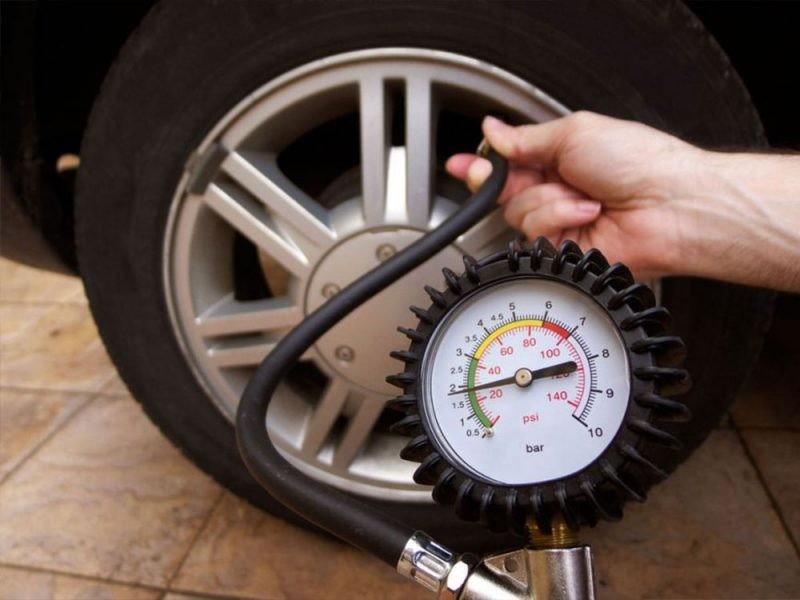 Using a tire pressure gauge to check tire pressure
Using a tire pressure gauge to check tire pressure
The Dangers of Incorrect Tire Pressure
Both over-inflated and under-inflated tires can be dangerous.
Under-Inflated Tires
Under-inflated tires cause the tire’s sidewalls to make more contact with the road than the center, leading to uneven wear, reduced handling when cornering, longer braking distances, and an increased risk of skidding.
Over-Inflated Tires
Over-inflated tires reduce traction, increase braking distances, and make it easier to lose control when cornering. On hot days, over-inflated tires can also increase the internal temperature, leading to tire blowouts. Like under-inflated tires, over-inflated tires also cause uneven wear and reduce tire life.
 Uneven tire wear caused by incorrect tire pressure
Uneven tire wear caused by incorrect tire pressure
Benefits of Maintaining Proper Tire Pressure
Maintaining proper tire pressure helps to:
- Save fuel.
- Improve safety.
- Enhance driving performance.
- Minimize the risk of accidents.
- Reduce noise.
- Extend the life of your tires and other vehicle components.
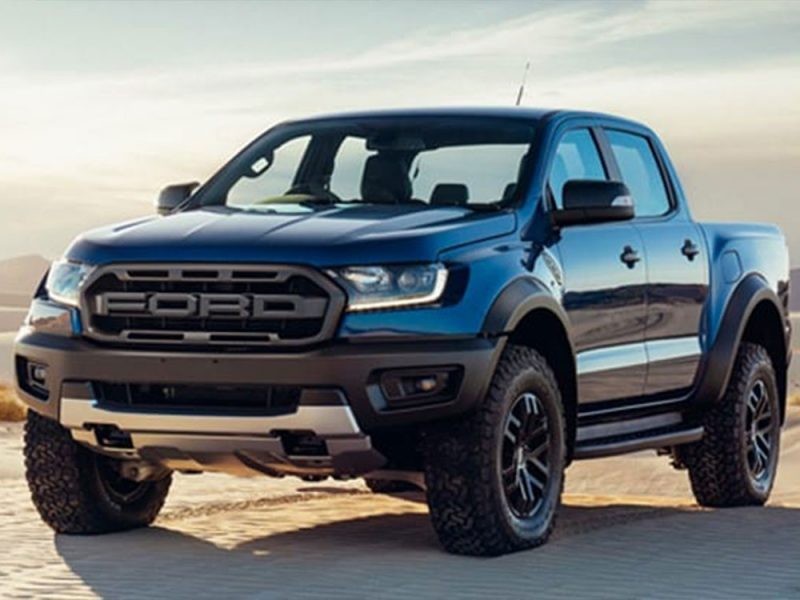 Ford Ranger operating safely and efficiently
Ford Ranger operating safely and efficiently
Tips for Managing Tire Pressure
- Check tire pressure regularly (1-2 times per week) by visual inspection or using a tire pressure gauge.
- Install tire pressure monitoring sensors for proactive monitoring.
- Keep a portable tire inflator in your vehicle to handle under-inflation situations.
- Use Nitrogen to maintain more stable tire pressure and reduce corrosion.
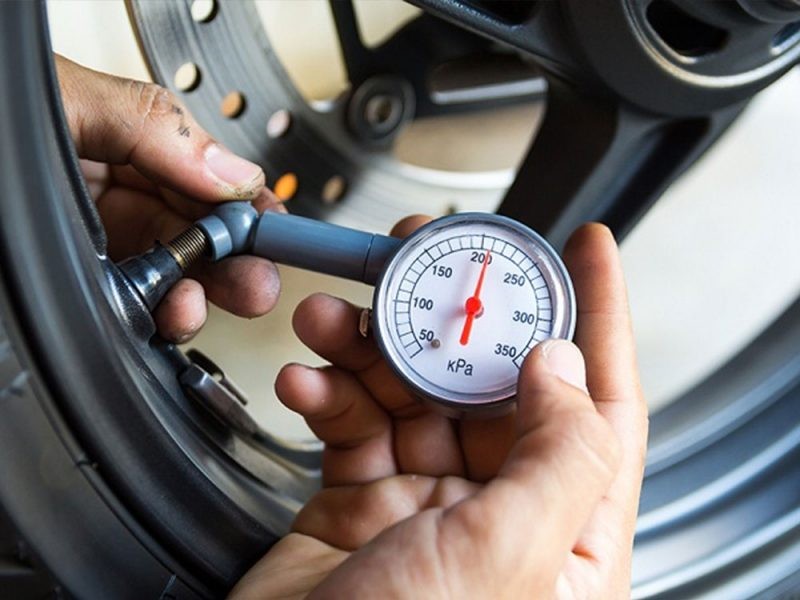 Checking tire pressure with a gauge
Checking tire pressure with a gauge
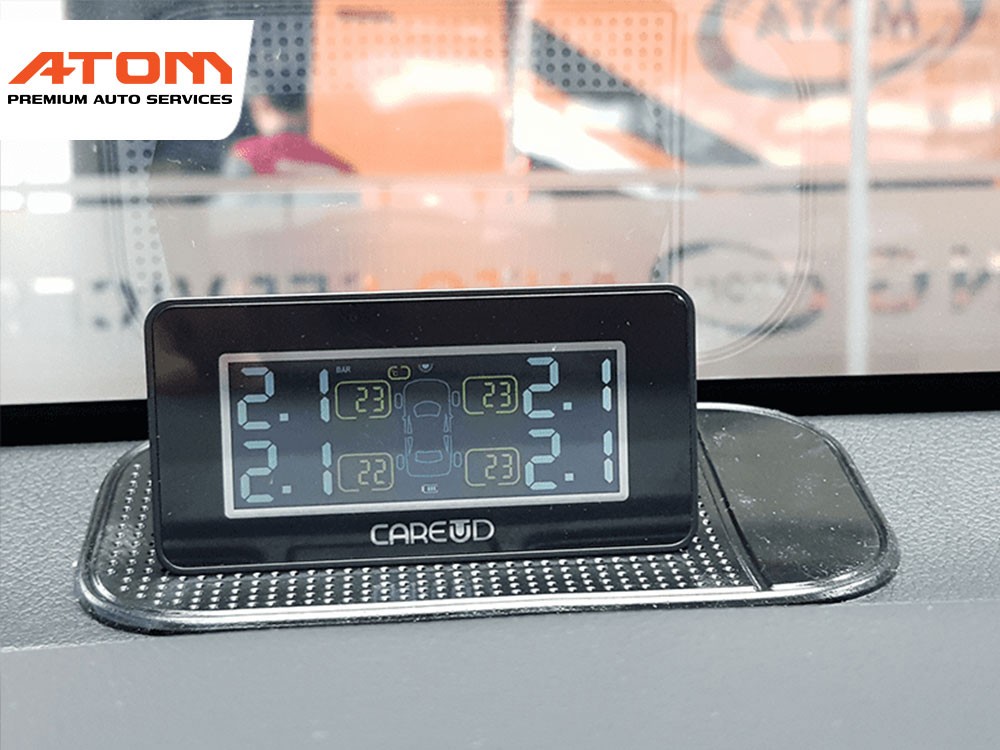 Tire Pressure Monitoring Sensor (TPMS)
Tire Pressure Monitoring Sensor (TPMS)
 Nitrogen Tire Inflator
Nitrogen Tire Inflator
Maintaining the correct tire pressure for your Ford Ranger pickup truck is essential for ensuring safety and saving money.
